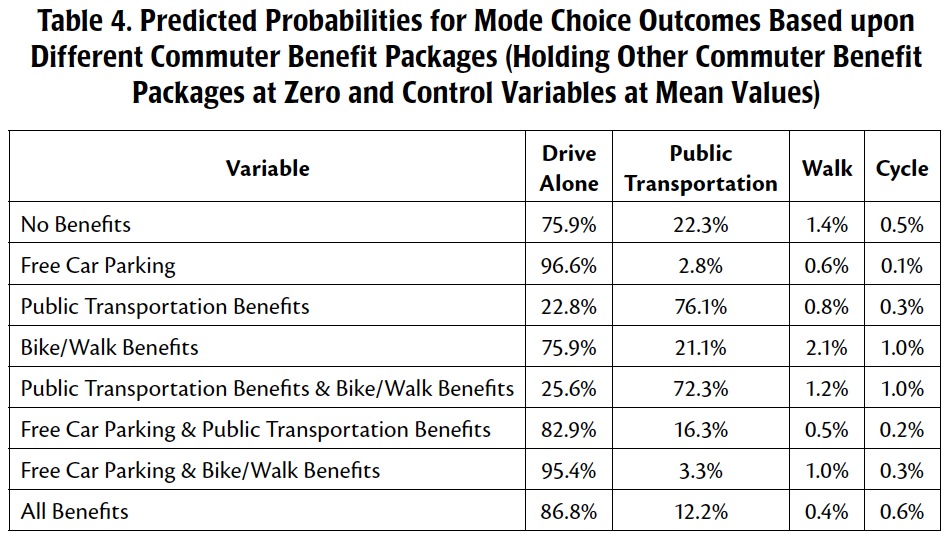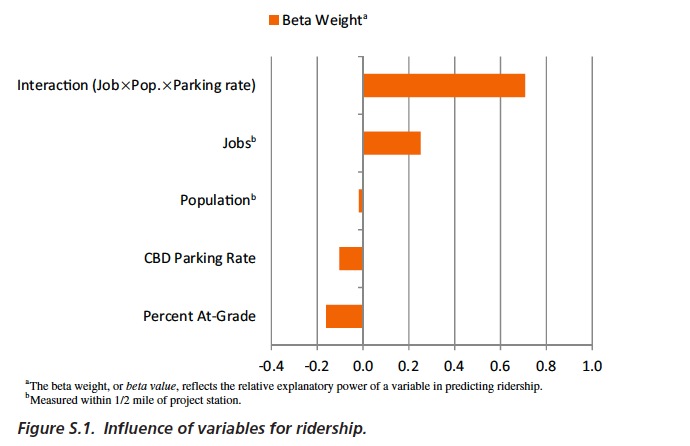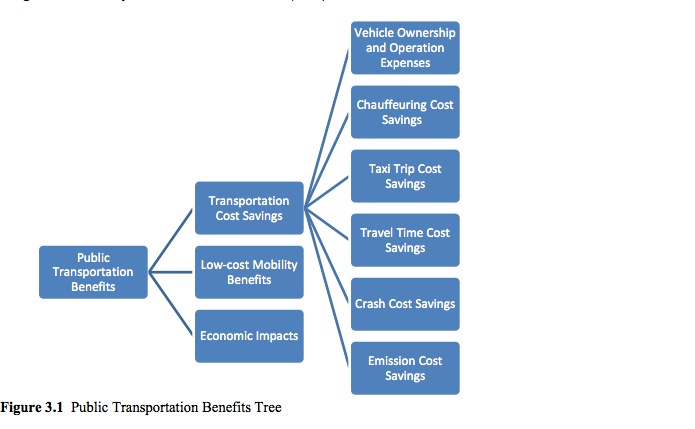
NATIONAL CENTER FOR TRANSIT RESEARCH
Municipalities and employers in the U.S. attempt to reduce commuting by automobile through commuter benefits for riding public transportation, walking, or cycling. Many employers provide a combination of benefits, often including free car parking alongside benefits for public transportation, walking, and cycling. This study evaluates the relationship between commuter benefits and mode choice for the commute to work using revealed preference data on 4,630 regular commuters, including information about free car parking, public transportation benefits, showers/lockers, and bike parking at work in the Washington, DC region.






















 RSS Feed
RSS Feed